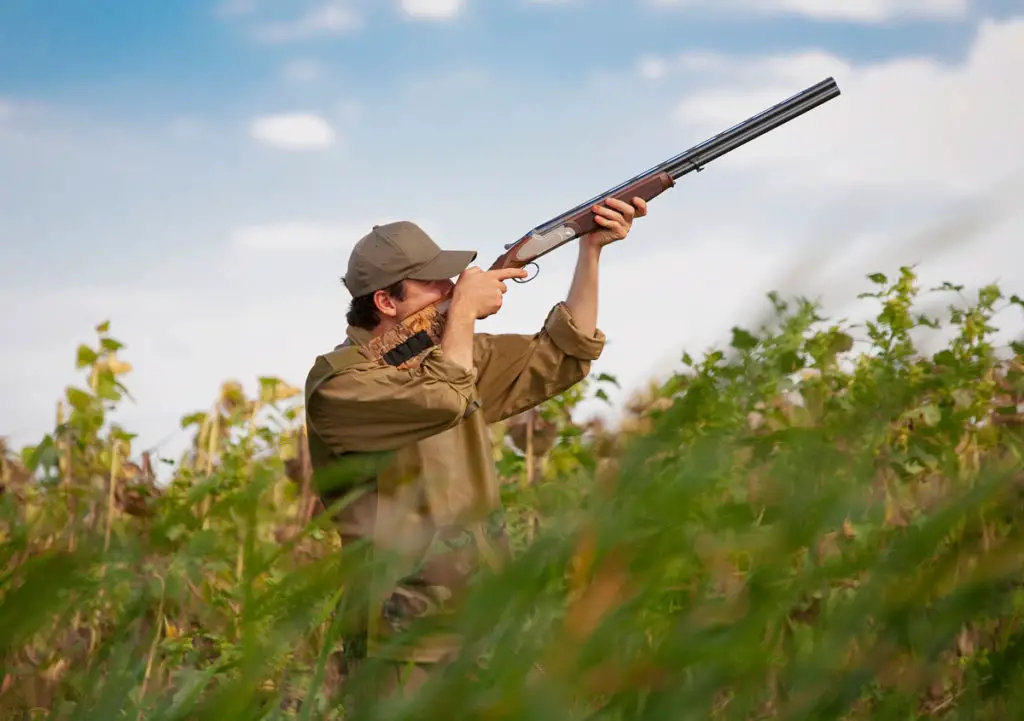Choosing the right choke based on your target is an essential component of hunting. Birds, small game, and larger animals all require different chokes, and selecting the wrong one could mean missing your mark.
Answer:
If you are hunting small, fast, close birds, the best choke selection would be MODIFIED or IMPROVED CYLINDER choke.
Which one you choose between these two depends on the size of the bird and how close you are to it. However, choosing one of these two chokes will prove rewarding when bird hunting.
In this article, we will look at what modified and improved cylinder chokes are and why they’re the best option for hunting small, fast, and close birds. We’ll also look at the importance of choosing the correct choke based on what you’re hunting.
Why are modified and improved cylinder chokes good for small & fast birds?
Choke selection is paramount for all types of hunting, especially bird hunting. You have to know how close you plan to be to your prey and what size birds you’re hunting in order to choose the correct choke. However, as a general rule, choosing a modified or improved cylinder choke will give you the most options.
When you’re hunting small, fast, close birds, you need to be quick and accurate. Unfortunately, you often sacrifice a bit of accuracy when you’re also going for quickness, which means you need a forgiving choke to help you out. Using a modified or improved cylinder choke gives you the necessary help with your accuracy since you’ll be shooting quickly.
The smaller and faster the bird is, the quicker your shot will need to be, which means you should use an improved cylinder choke.
Improved cylinder chokes are especially handy when you’re hunting pheasant, quail, and other small to medium-sized birds that emerge unexpectedly from brush and bushes.
Modified chokes are effective with these types of birds, but even more so with ducks, geese, and other slightly larger birds where your pellets will need to stay tighter and pack a harder punch.
What is a Modified Choke?
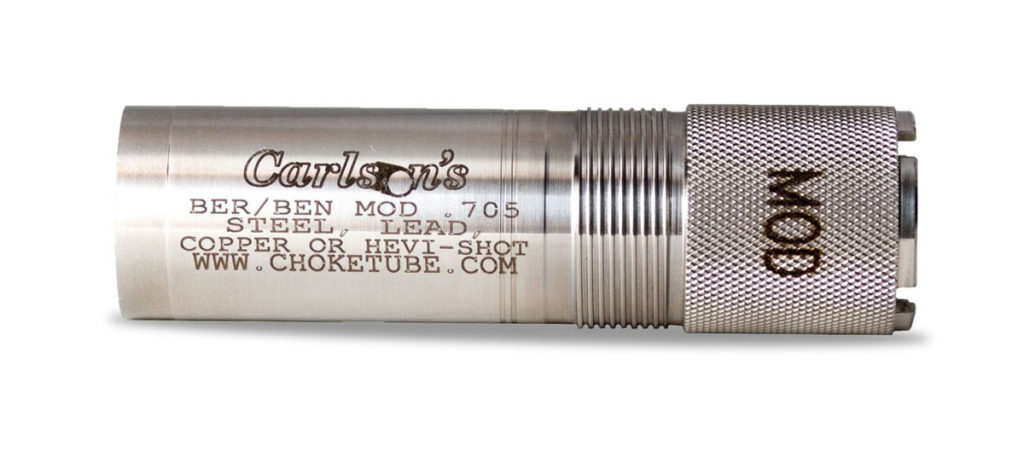
The modified choke is one of the most common choke types and is one of the five main choke options. Modified chokes have moderate constriction, which means that the pellets stay together in a cluster for a longer period of time. Because the pellets remain in a tight pattern for longer, they’re ideal for moderate distances.
Modified chokes are a happy medium between the full choke, suitable for long-distance shooting, and improved cylinder, which is better for shorter distances. Modified chokes are also known as ½ chokes and are perfect for ranges up to 30 yards. Anything farther than 30 yards results in the pellet pattern becoming too spread out and unpredictable. Modified chokes at distances farther than 30 yards will prove ineffective.
Modified chokes are great for hunting the following birds based on your distance to the target. For bigger birds, effectiveness will be higher the closer you are.
- Duck
- Pheasant
- Goose
- Grouse
- Dove
- Quail
- Woodcock, rail, or snipe
Some try to hunt larger birds, such as turkeys with modified chokes, but this is a little more difficult. Full choke or extra full choke is more effective for turkey hunting because they keep a tighter pellet pattern for longer than the modified choke.
If you need slightly more distance than what a modified choke can offer, but you don’t want to escalate to full choke, there’s also an improved modified choke option. Improved modified chokes keep the pellet pattern slightly tighter than modified chokes, and you can get up to 10 yards more accuracy out of them.
What is an Improved Cylinder Choke?
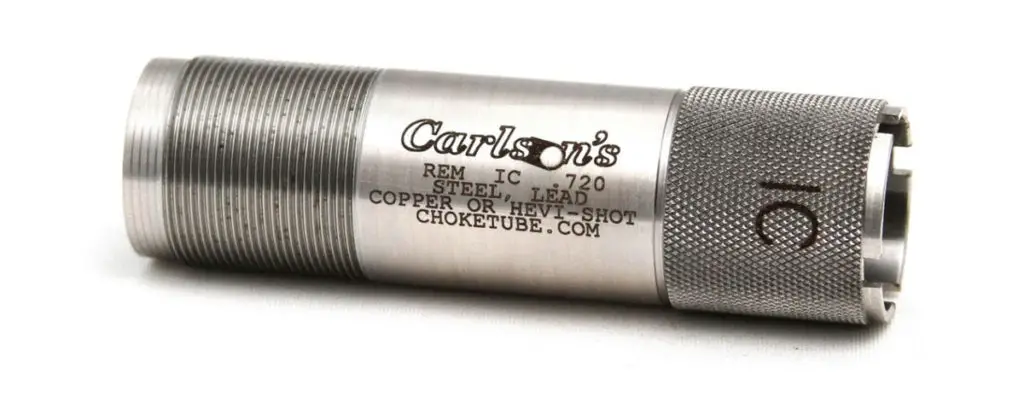
An improved cylinder choke is less restrictive than modified chokes and releases shotgun pellets in a reasonably broad pattern. If you’re hunting small birds at extremely close ranges when you’re shooting quickly with little time to aim, improved cylinder chokes are great. They’re highly effective at hunting the same types of birds that modified chokes are used for but at even closer distances.
Improved cylinder chokes are so-named because they’re a small step up in constriction from cylinder chokes, which offer no constriction. Improved cylinder chokes are also known as ¼ chokes and are accurate up to 25 yards. Any further and the pellet pattern will be too spread out, and you’ll lose accuracy.
How do shotgun chokes work?
The “choke” refers to barrel constriction when it comes to shotguns. While most hunters are in unison about how chokes are used and how they work, most also disagree on where to use different chokes. To help you better understand which choke is right for you, let’s look at how they work.
A shotgun choke is a small tube or cylinder that gets attached to the end of your shotgun barrel. Part of the choke sticks inside the barrel, while a small portion sits outside the barrel to allow easy attachment and detachment. Different types of choke tubes offer different amounts of restriction to pellets as they’re exiting the shotgun barrel. There are also choke options where the choke tube is flush with the barrel, which is more aesthetically pleasing.
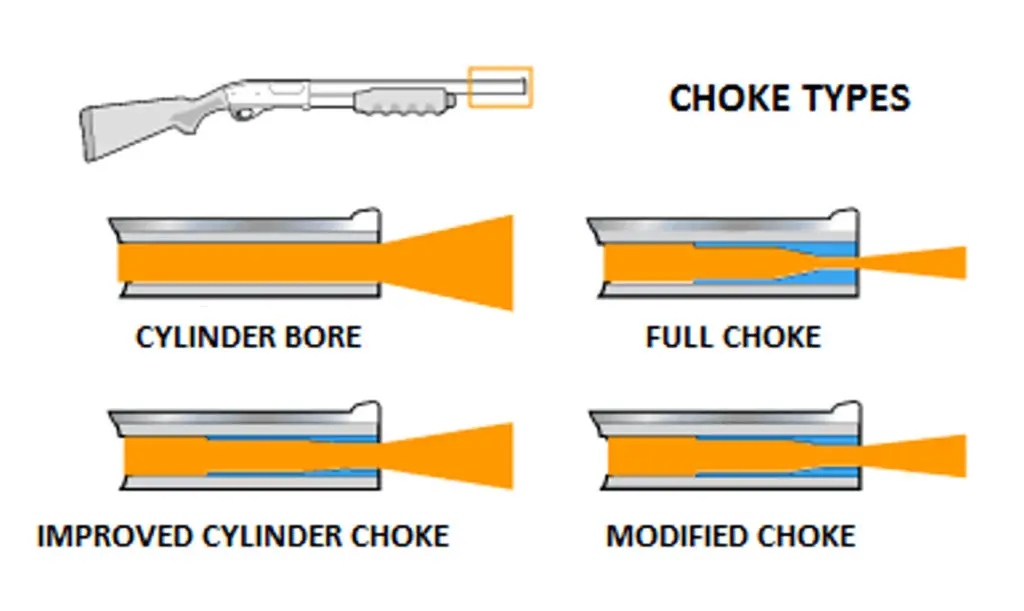
Improved cylinder chokes and modified chokes are somewhere in the middle regarding constriction. There are several choke tubes that offer more constriction and several that offer less. Full choke and improved modified chokes allow for the tightest pellet pattern, while cylinder or skeet chokes provide little to no constriction.
Do all shotguns allow different chokes?
There are two basic types of shotguns when it comes to choke: multi-choke guns and fixed choke guns. Multi-choke guns allow different types of choke attachments and more flexibility in pellet pattern and what you can hunt. On the other hand, fixed choke guns don’t allow for chokes to be attached to the ends of their barrels. You should carefully consider what type of hunting you plan to do when purchasing your shotgun.
Wrap Up
Regardless of what choke you choose, you must practice and get comfortable with their pellet pattern. Only trial and error will give you the pellet pattern information you need to be an accurate bird hunter.
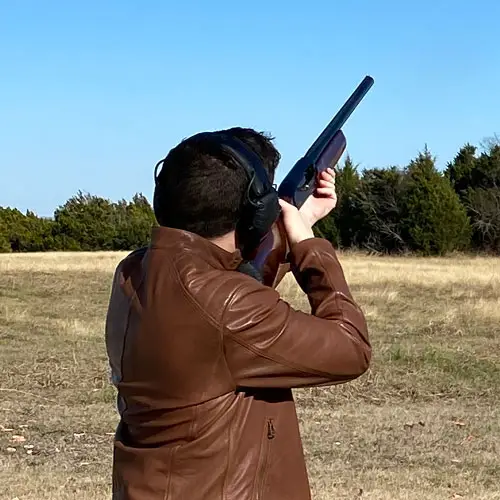
Joseph has been hunting for most of his life. Some of his best memories were growing up sitting in a treestand or a blind and waiting for a monster buck to come along. His main focus has been deer hunting, typically with my trusty 20 gauge shotgun.
